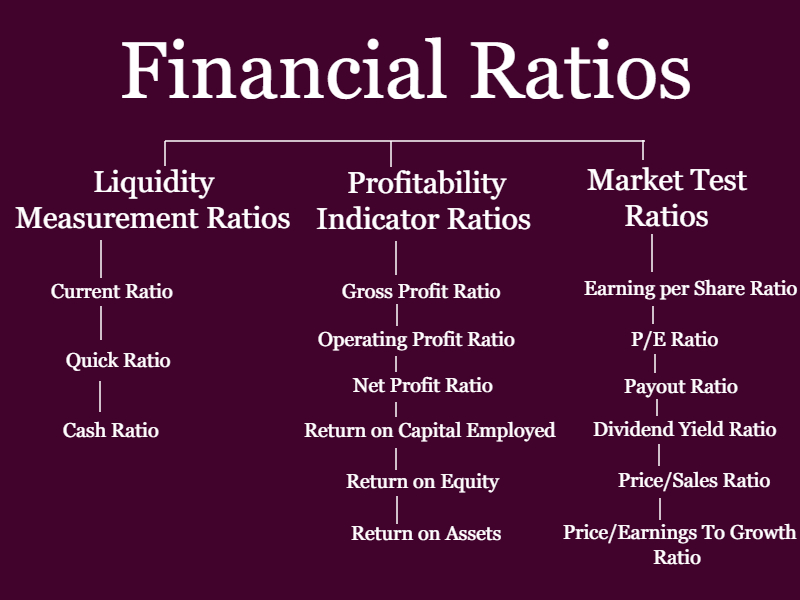Ratio Analysis is one of the powerful tools of the financial analysis. Ratios can be used as a yardstick for evaluating the financial position and performance of a concern, because the absolute accounting data cannot provide meaningful understanding and interpretation.
What is Financial Ratio ?
Financial ratios compare different aspects of business financial Condition. They are the overview of the financial position and performance of any business. Financial ratios help to identify the weak spots of the business and future forecasting. In financial ratios, we compare the business positions at different aspects like debt to equity ratio analysis, profit ratios analysis, return on equity or capital employed etc.
What is Ratio Analysis ?
Ratio Analysis is one of the most common and widespread tools for the financial analysis of any business’ financial condition. The absolute accounting data is unable to provide accurate and meaningful understanding of the financial condition of any firm or business so there is a need for analysis of business at different parameter and that is Ratio analysis.
Limitations of Ratio Analysis:
- We may get false results if based on incorrect data.
- There is no common standards for analysis.
- If Price level changed it effects on the outcome.
- We have no idea of probable happenings in future.
- This is just raw analysis and all Qualitative factors are ignored.
Advantages of Ratio Analysis:
Top and most important Financial Ratios

Here are some most important financial ratios with formulas and related examples.
Liquidity Measurement Ratios
Profitability Indicator Ratios
- Gross Profit Ratio
- Operating Profit Ratio
- Net Profit Ratio
- Return on Capital Employed
- Return on Equity
- Return on Assets
Financial Risk Ratios
- Debt equity Ratio
- Interest Coverage Ratio
- Debt Service Coverage Ratio
